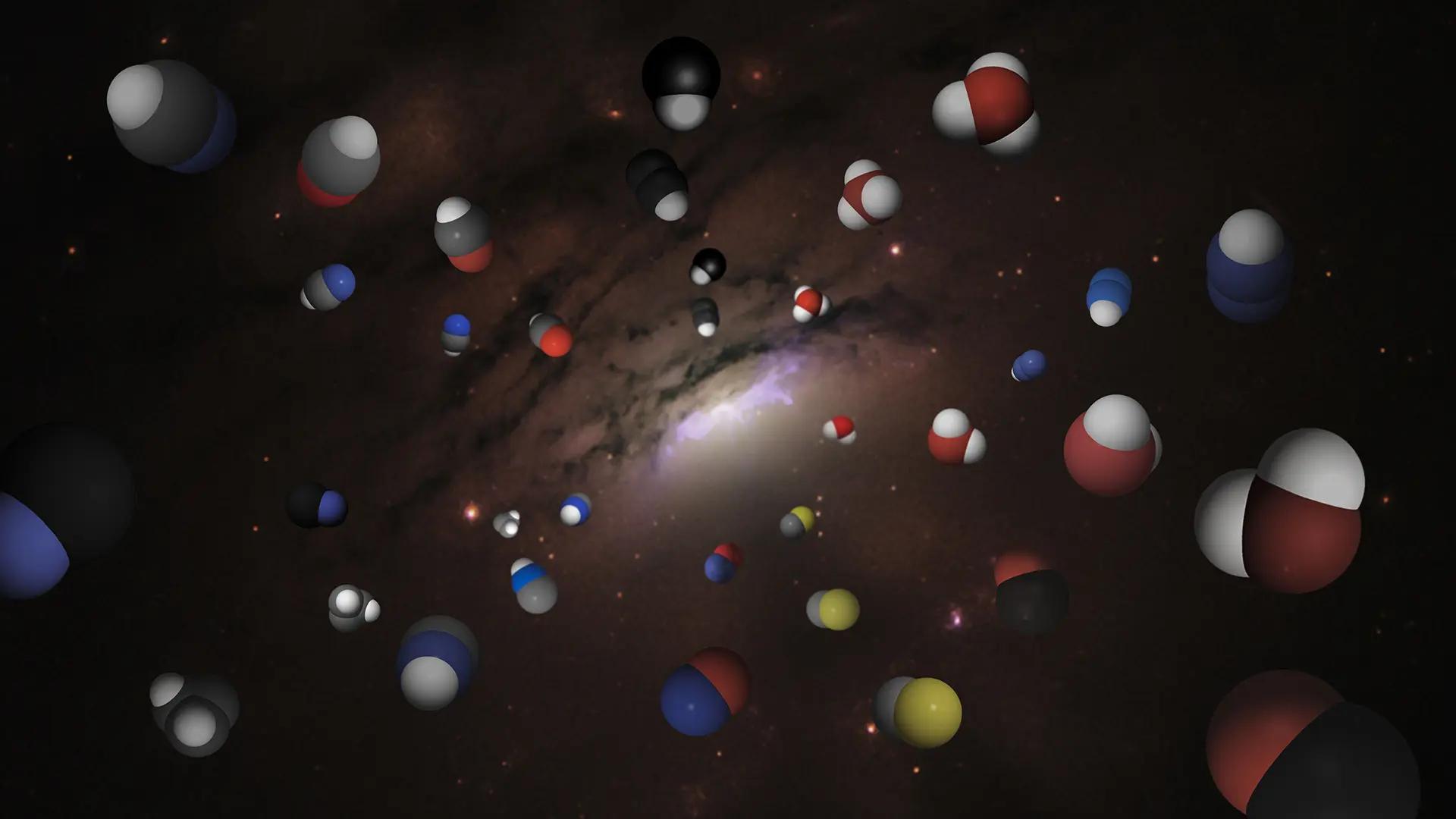
ESA/Hubble & NASA, C. Kilpatrick
This whirling image features a bright spiral galaxy known as MCG-01-24-014, which is located about 275 million light-years from Earth. In addition to being a well-defined spiral galaxy, MCG-01-24-014 has an extremely energetic core known as an active galactic nucleus (AGN) and is categorized as a Type-2 Seyfert galaxy.
Seyfert galaxies, along with quasars, host one of the most common subclasses of AGN...
Read More







Recent Comments